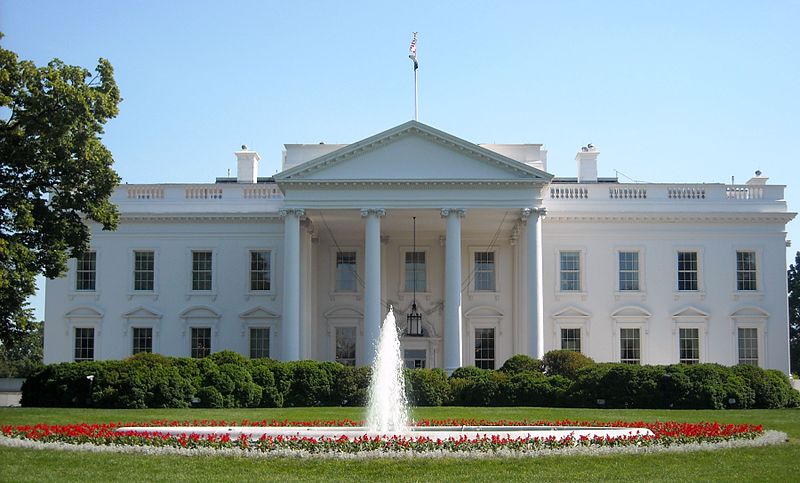In today’s digital age, education has greatly benefited from technological advancements. One specific area where this is evident is in converting CGPA to percentage, a process that many students struggle with. This article delves into how technology provides smooth solutions for this important academic requirement.
The Significance of Technological Advancements in Education
CGPA, which stands for Cumulative Grade Point Average, is a common metric for assessing academic performance. Nevertheless, numerous institutions and employers favor percentages for their evaluations. Understanding how to convert CGPA into percentage enables students to showcase their accomplishments in a format that is widely recognized.
How to Convert CGPA into Percentage
CGPA is a cumulative grade point average that includes all of your grades in a course. It is an important metric for students to understand. While percentage scores focus on specific assessments, CGPA provides a more comprehensive picture of a student’s academic strengths and weaknesses. It is often preferred by universities and employers, especially in countries where CGPA is the standard for evaluation.
Knowing how to convert cgpa to percentage is important because it allows you to assess your academic performance and eligibility for admission to your dream college. This process is straightforward and can be done using online calculators or tables. However, it is recommended to check with your school’s guidelines or ask an academic counselor for the most accurate conversions. This will ensure that your official transcripts reflect the correct values. The basic formula for calculating a student’s CGPA is to sum the marks earned in each subject and divide by the number of subjects. This value will then be divided by the university’s grading scale, which usually ranges from 1-10.. A widely used formula is:
Percentage = CGPA × 9.5
Example:
If your CGPA is 8.0, using the formula:
8.0 × 9.5 = 76%
To ensure precision, students may utilize online tools specifically created for this conversion.
CGPA to Percentage Conversion Table
Here’s a quick reference table to simplify multiple conversions from scale 1-10.:
| CGPA | Percentage | |
|---|---|---|
| 6.0 | 57.0% | |
| 6.5 | 61.75% | |
| 7.0 | 66.5% | |
| 7.5 | 71.25% | |
| 8.0 | 76.0% | |
| 8.5 | 80.75% | |
| 9.0 | 85.5% | |
| 9.5 | 90.25% | |
| 10.0 | 95.0% | |
For an even easier approach, students can use these instant calculations for their regular use.
Technology to the Rescue: Smart Tools for Students
In today’s digital world, there’s no need for manual calculations anymore. A variety of tech solutions make academic tasks easier, such as CGPA,SGPA &GPA Conversions.
- Online Calculators: Websites that provide tools for converting CGPA to Percentage help students avoid manual mistakes. These calculators are quick, precise, and dependable.
- Mobile Apps: Numerous educational apps come with features for CGPA calculations, enabling students to make conversions right from their smartphones.
- AI-Based Assistance: Tools powered by AI not only deliver accurate results but also give valuable insights into students’ academic performance.
Why Opt for Technology in CGPA Conversion?
- Precision: Online tools reduce the chances of human mistakes.
- Efficiency: Students can perform conversions quickly without tedious manual calculations.
- Convenience: With just a few clicks, students can access resources whenever and wherever they need.
Additional Student-Friendly Tech Solutions
In addition to CGPA conversion, technology platforms offer a range of advantages:
- Grade Analysis Tools: Gain insights into your strengths and areas for improvement.
- Learning Management Systems (LMS): Keep your coursework organized in a digital format.
- Career Guidance Platforms: Strategize your academic path and future career.
Conclusion:
The combination of education and technology enables students to navigate academic challenges with ease. Tools such as the CGPA to Percentage converter make grade conversion straightforward, allowing students to concentrate on their studies without the stress of complicated calculations. By utilizing these resources, students can pursue their academic objectives more effectively and with increased confidence.











